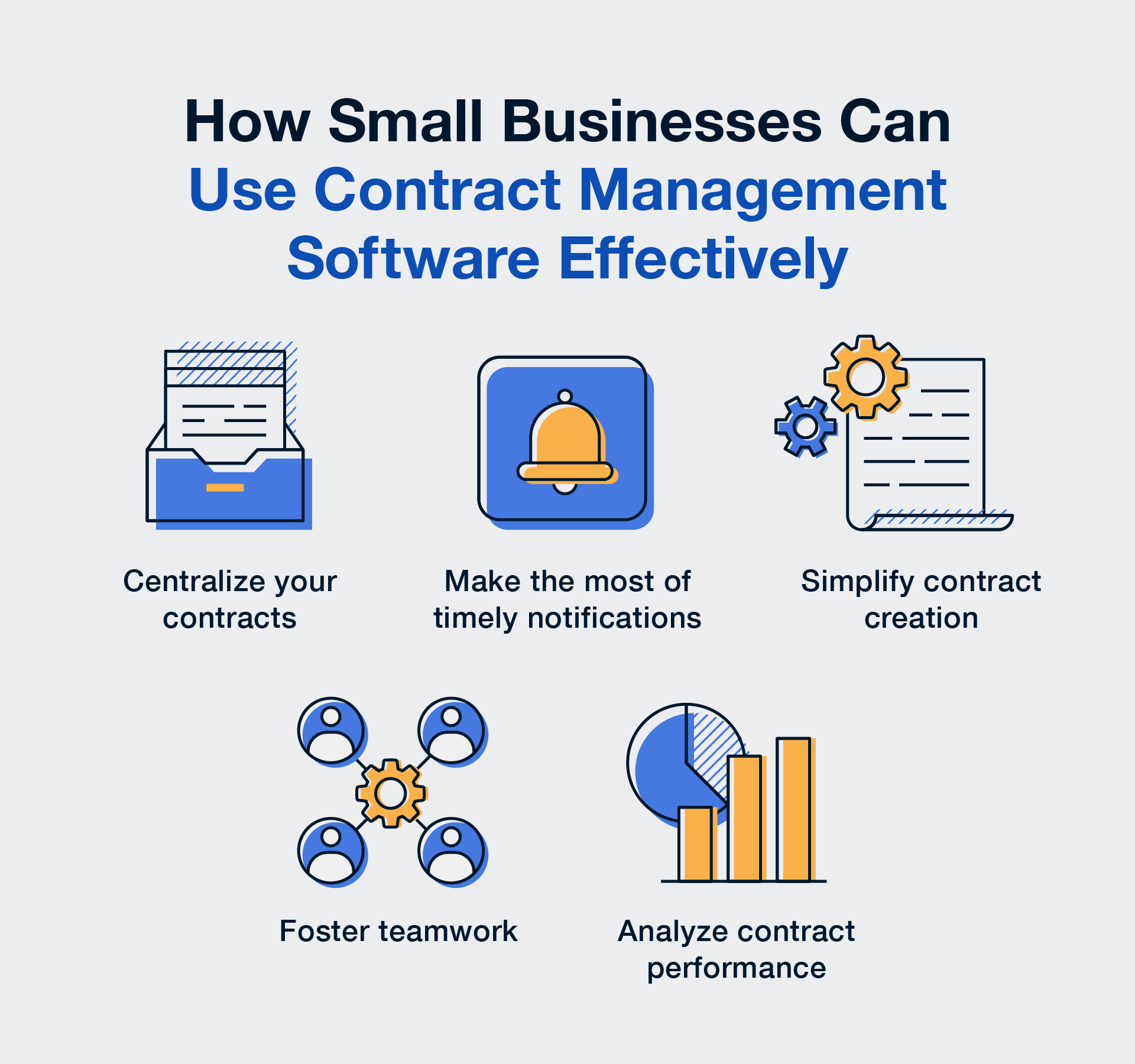What is Service Level Agreement (SLA)
A Service Level Agreement (SLA) is a binding agreement between a service provider and a customer that sets specific, measurable performance standards and defines happens if those performance standards are not met. Unlike a general scope of work which lists what will be done, the SLA defines how well it must be done.
Think of an SLA as the "report card section" of a contract. While the main contract tells you what services you're getting, the SLA tells you how well those services need to be delivered and what happens when they don't.
What Must an SLA Contain?
To be effective, an SLA needs three things:
- The Metric - What is being measured? Is it uptime, response time, how fast they answer the phone?
- The Target - What's the passing grade? 99.9% availability, respond within 2 hours.
- The Remedy - What happens if they fail? Service credits, refunds or the right to terminate
Without all three, you don't really have an SLA, you have a promise.
What are Common SLA Metrics
Common SLA metrics include:
- Availability/Uptime - Percentage of time the system is operational (e.g., 99.9% uptime)
- First Response Time - How quickly service provider acknowledges a support ticket or reported issue
- System Response Time - How fast the system performs (page load speeds, API response times)
- Resolution Time - How long it takes to fully resolve a problem
- Error Rates - Percentage of failed requests, defects, or system errors
- Throughput - Volume of data or transactions processed in a given period
What are Typical SLA Exceptions
Here's something that both customers and vendors often overlook: exclusions and exceptions. Most SLAs carve out situations where the performance guarantees doesn't apply, such as:
- Scheduled Maintenance - If they tell you in advance they're taking the system down, that usually doesn't count against uptime.
- Force Majeure - Acts of God, natural disasters, wars are the standard "not our fault" scenarios
- Customer-Caused Issues - If you didn't follow the instructions, skipped critical updates, changed settings you weren't supposed to, or didn't give the vendor feedback/access when they needed it . . . they're typically off the hook
- Third-party Failures - If your internet provider fails, that may not count against your SaaS vendor's uptime guarantee.
What are Different Types of SLAs
There are three different types of SLAs and they are:
- Customer-specific - Tailored for one client (common for enterprise deals)
- Service-Based - Standard SLA for a particular product used by all customers
- Multi-Level - Different tiers (Platinum customers get 1-hour response time while Gold customers get 4 hours).
Why Do SLAs Matter
An SLA isn't just a technical document. It's a risk allocation tool. It answer the question: "Who bears the cost when things go wrong?"
Without clear SLAs, you're stuck arguing about whether performance was "good enough." With them, you have an objective standard and a predetermined remedy. That's the difference between a business disagreement and a messy lawsuit.



